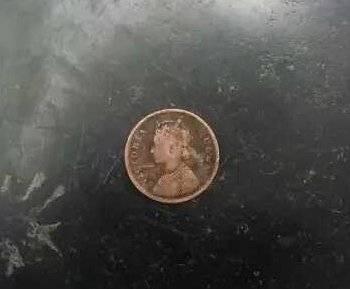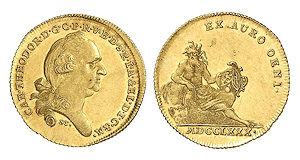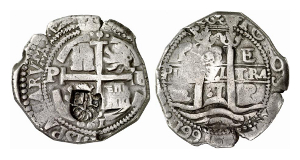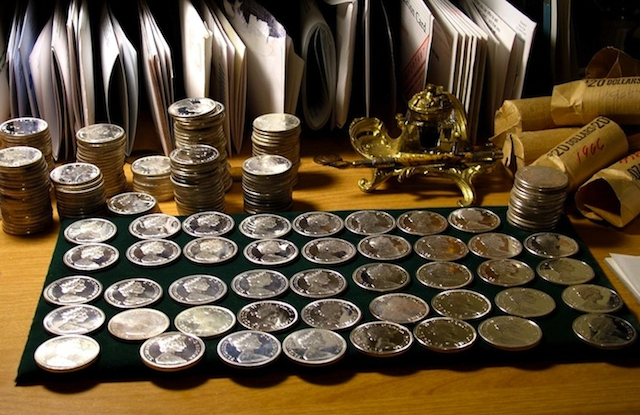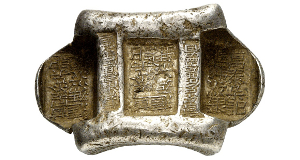ruble coins
On the fate of coin stamps of the St. Petersburg Mint
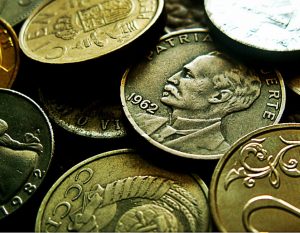 Mikhail Ivanovich Smirnov, the archivist of the St. Petersburg Mint, published an interesting article in the 6th issue of the Old Coin: “The Mints Cabinet and the Museum of the Mint of St. Petersburg”. Among the problematic issues, the central place in it was taken up by the question of the fate of coin stamps of the St. Petersburg Mint, the solution of which, as the author points out, encounters difficulties. Recall the provisions formulated by him, which are, in his opinion, the starting point for solving the problem posed. Continue reading
Mikhail Ivanovich Smirnov, the archivist of the St. Petersburg Mint, published an interesting article in the 6th issue of the Old Coin: “The Mints Cabinet and the Museum of the Mint of St. Petersburg”. Among the problematic issues, the central place in it was taken up by the question of the fate of coin stamps of the St. Petersburg Mint, the solution of which, as the author points out, encounters difficulties. Recall the provisions formulated by him, which are, in his opinion, the starting point for solving the problem posed. Continue reading
Franz Joseph I Commemorative Coins
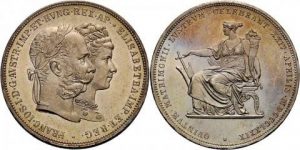 From December 2, 1848, Franz Joseph I was Emperor of the Austrian Empire and King of Bohemia, Apostolic King of Hungary.
From December 2, 1848, Franz Joseph I was Emperor of the Austrian Empire and King of Bohemia, Apostolic King of Hungary.
Franz Ripl in 1829 gave the emperor the idea of building a railway through Brook. This road was extremely useful because it immediately led to the sea and this caused a stir in the Austrian Empire, because now all the usual places of rest (like Karlsbad or Bad Ischl) went into the shadows against the backdrop of the Riviera. Continue reading
Coins and medals of the colonial countries (XVI-XXI centuries)
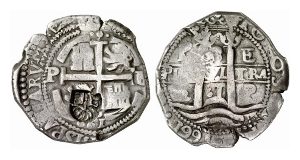 While in some countries, for example, in China or Japan, money in the form of coins was used for a long time, most of the Asian, African and American continents at the beginning of the 16th century remained a non-monetary zone.
While in some countries, for example, in China or Japan, money in the form of coins was used for a long time, most of the Asian, African and American continents at the beginning of the 16th century remained a non-monetary zone.
In Africa, the circulation of coins was not developed until the New Age, and the means of payment were the predecessors of the coins, money in the form of pebbles and seashells. In such regions, coins most often came in the baggage of overseas colonialists, and the first minted coins were copies of metropolitan coins, marked with an additional sign to indicate the corresponding metropolis. Continue reading
